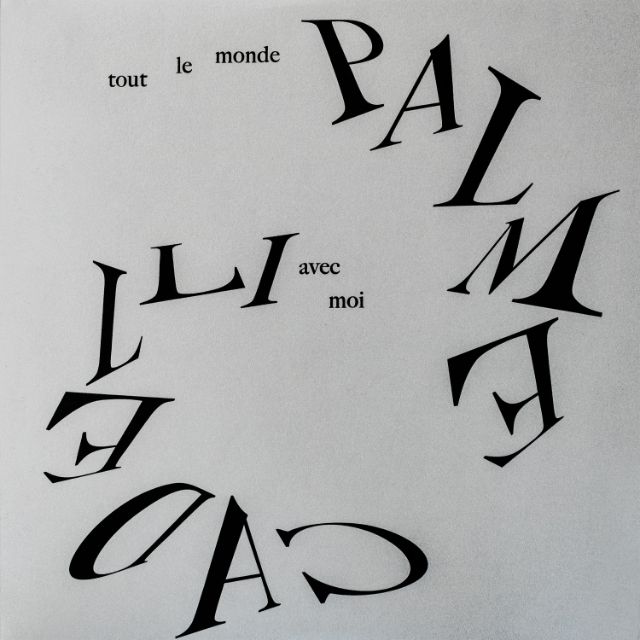
Album der Woche: PALME CADELLI - tout le monde avec moi
Die Stimme von Anissa Cadelli trägt das Debütalbum tout le monde avec moi von Palme Cadelli wie ein exorzistisches Instrument. Zwischen Loops, Jazzpunk und radikaler Ehrlichkeit entstehen Songs, die sich gegen Muster und Konventionen stellen. von Mirco Kaempf
palme cadelli - tout le monde avec moi
Das Debütalbum des Duos Palme Cadelli erschien am Freitag 24.10.25 via Cheptel / Facile à Avoir Records
„Maybe it’s anti-music. But that’s music.“
Folgen wir den Mustern – oder folgen die Muster uns? Wie können wir uns unsere eigenen Verhaltensmuster austreiben, und wer gibt am Ende wirklich den Ton an? Ersetzt man das Wort „Muster“ durch Loops, Samples oder Gesang, und man befindet sich mittendrin – im Debütalbum des Genfer-Tessiner-Duos Palme Cadelli.
Die markant resonierende Stimme erkennt man sofort: Es ist die ewige Stimme der Genfer Musikerin und Lyrikerin Anissa Cadelli. Nachdem sie zuvor schon Releases mit Barrio Colette und Bandit Voyage veröffentlicht hatte, nimmt sie in Palme Cadelli eine neue Rolle ein – die einer Exorzistin. In sechs Kompositionen singt sie über Figuren hinweg, gegen Figuren an oder verortet sie in sich selbst.
Palme Cadelli entstand als Idee von Simone Bernardoni, Musiker bei Bitter Moon und Pussywarmer sowie Festivalmacher vom Facciamo la Corte bei Lugano. Er arbeitete schon länger an Loops und holte sich Anissa Cadelli dazu, um ihre Poesie mit seinen Klangstrukturen zu verbinden.
How did Palme Cadelli start?
Anissa:
The idea came from Simone. He was already making these strange loops and wanted to build something with them. When we met, he knew he wanted my voice. I wasn’t sure how it could be interesting, but I started recording my poetry, freely, without overthinking. I thought we’d cut parts out, but Simone said, “It’s perfect, we’re not cutting anything.”
That honesty became the foundation. Simone makes all the music, I do the text and vocals. We joke that I don’t want to hear the music before, and he doesn’t want to know the lyrics—it’s magic when we bring them together.
How did that develop into a live setup?
Anissa:
We knew we needed a band for density. It’s hard to play loops—you have to stay in a collective trance. Simone had the vision: the band keeps playing no matter what happens, even if I disappear. They don’t look at me, not rudely, but because we wanted to mix two separate energies. The first concerts were radical—like two forces colliding.
Die beiden scherzen oft, dass sie die Musik nicht hören will, bevor sie die Lyrics gesungen hat, und er die Lyrics nicht kennen will. Es ist daher nicht überraschend, dass die Songs unkonventionell und eigenständig zusammenkommen.
Das Album entstand in La Valle di Blenio im Tessin, in der Nähe eines Friedhofs. Ob man daraus einen gotischen oder eher zeitlosen Aspekt in der Musik hört, bleibt offen. Die Lyrics wirken oft wie Geisterstimmen. In «tu ne serais aimer une chanson» singt Anissa Cadelli:
„Ma vie est une mélodie pathétique que je n'arrive même pas à chanter… Tu kidnappes mon cerveau.“
Ihr Leben gleicht einer erbärmlichen Melodie, die sie nicht einmal singen kann – ein Bild für Überforderung, Zärtlichkeit und die Ironie des Daseins. Vieles klingt nach einem nagenden Liebesphantom in einer existenziell erschütterten Welt. Songs wie Regarde moi sind in ihrer Essenz radikal antipatriarchal, sehr intim, intensiv und roh.
In your lyrics you often adress someone as “you.” Who is that?
Anissa:
It’s always true, but it’s about many people—five different persons who become one. It lets me be freer and say radical things, protecting myself by turning them into a kind of monster with many heads. In a mystical way, I’m speaking about myself.
So it’s personal, but universal too?
Anissa:
Yes. After a concert, a young guy told me he cried because he realized the mirror I held wasn’t for me but for the audience. I loved that. When you dare to express yourself honestly, you speak about the world.
Do you get away from the ghosts in your songs?
Anissa:
By doing that, yes—but it welcomes new ones. I live with those ghosts. It’s like therapy for me, only the couch is the stage.
Wer Palme Cadelli live sehen möchte, wird mit einem intensiven Sound überschwemmt, der einem Baudelaire Jazzpunk noch Raum lässt. Das Studioalbum hingegen nimmt eine andere Wendung. Es ist introspektiver, noch unkonventioneller. Und man bleibt mit der Frage zurück: Welche Geister werden hier beschworen oder ausgetrieben? Sind es persönliche Erfahrungen mit Menschen aus dem echten Leben, sind es gesellschaftlich erwartete Konformitäten von ihr als Frau, oder sind es vielleicht von der Popmusik verwahrloste Hörmuster, die hier zerstört werden sollen? Ja, es ist Anti-Musik, gewissermassen. Aber es führt zur Erkenntnis, dass alles – Musik ist.
I am reading certain songs as clearly anti-patriarchal and feminist. Am I correct in this?
Anissa:
Yes, but it's not intentionally political—it comes from honesty. As a woman daring to share my life as it is, that becomes feminist. Palme Cadelli is about details; looking deeply into things is revolutionary. Simone works like that too. We didn’t want to stay in formats or what’s easy to listen to. For us, that’s the political part—listening to yourself and letting that guide the work.
Would you call Palme Cadelli anti-music?
Anissa:
Maybe. I’m a bit scared of the statement, but yes, it’s anti-music. And when you finish the album, you might realize—that’s music. When you’re free to do whatever you want, that’s music.
tout le monde avec moi von Palme Cadelli ist am vergangenen Freitag via Cheptel und Facile à avoir Records erschienen.

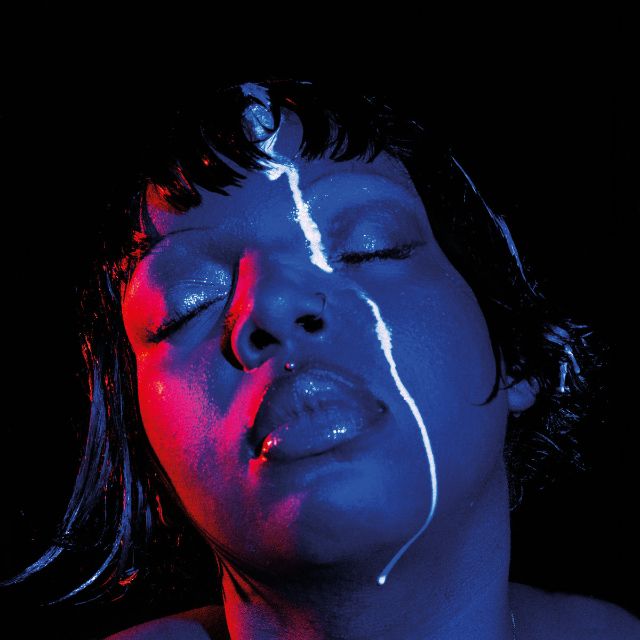
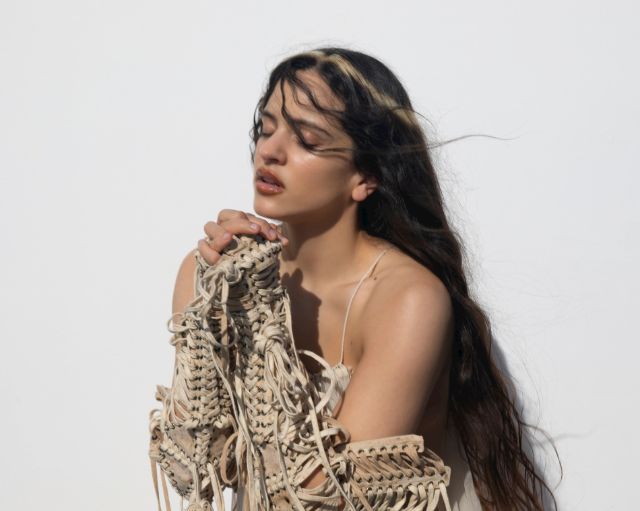
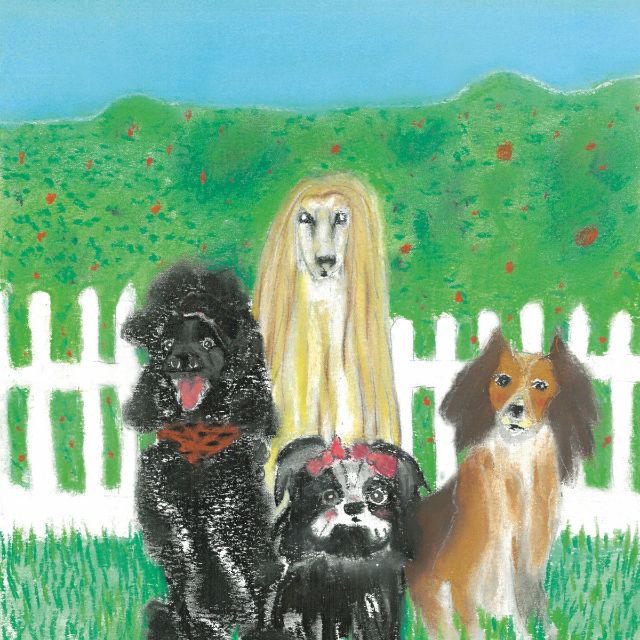
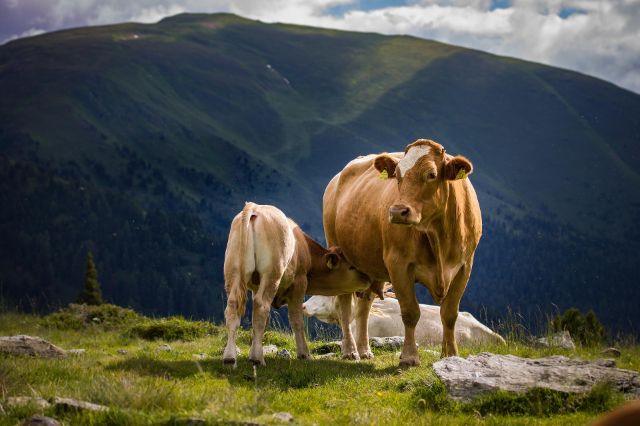
.png/jcr:content/magnolia-medium.png)

